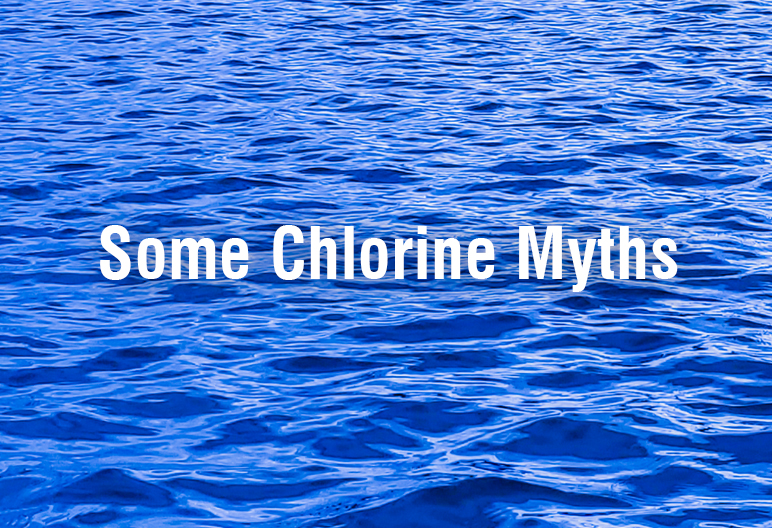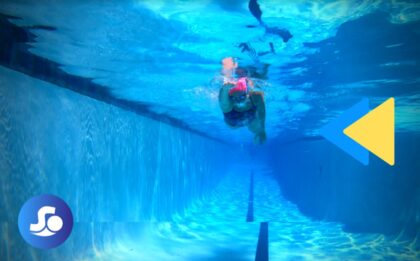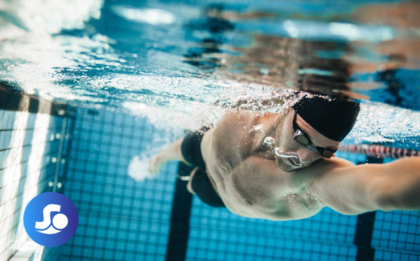Managing pool chemicals can get confusing and more complicated than most non-pool professionals realize. Read on to bust some of the myths I hear all the time:
- Your pool uses a saltwater or saline system, so you don’t have chlorine in your pool.
- Sorry to tell you, but salt or saline systems simply use electrolysis in the presence of salt to create chlorine. Whether you put it in as chlorine or pour in salt that is converted into chlorine, you have chlorine.
- Chlorine makes my eye sting and my skin smell.
- It is not chlorine that you smell, but chloramines. This is produced when free available chlorine (FAC) reacts with biological contaminants in the water. If you smell chloramine or your eyes are stinging, it may be that the pool needs more chlorine to eliminate the chloramines, not less.
- Tap water has much less chlorine.
- Well maybe. The FDA requires that treated tap water has two parts per million(PPM) to 4PPM of detectable chlorine. The CDC recommends .4PPM for pools, but many municipalities require pools to have 1 PPM – 2 PPM. Why only ‘maybe’ when the numbers are clear that tap water is necessary to have more chlorine than the pool? The management of your municipal water supply is rigorous and dependable on the levels while not perfect. Public pools are often monitored and adjusted on the fly. This lends itself to chlorine levels that fluctuate up and down. Many pools default to the higher end of the spectrum to help ensure they do not fall below the board of health’s required minimum.
- Chlorine ruins the enamel on your teeth.
- Not true. What can, however, ruin the enamel on your teeth is if the pH balance of the water is a problem. Why chlorine takes the hit is because when the chlorine levels are too high, the pH level is affected, and that causes enamel problems.
- Not true. What can, however, ruin the enamel on your teeth is if the pH balance of the water is a problem. Why chlorine takes the hit is because when the chlorine levels are too high, the pH level is affected, and that causes enamel problems.
- You can wash the chlorine off in the shower.
- With a good soap, you can get the chlorine out of clothes and off your skin, to an extent, but remember the water in the shower and washing machine has chlorine in it as well. Getting chlorine out of your hair is tougher. See next week’s blog on chlorine and your hair for more on what gets into your hair and how to get it out.
Don’t stop reading yet, there is one last thing about chlorine I want you to know, and it is the most important. When chlorine is converted to chloramine, as referenced above, it can easily be converted to a gaseous state by disrupting the surface and adding air into the water. Or in other words, if people are swimming in the pool, chloramines are being converted to gas. A heavier gas than air, leaving this gas sitting just on top of the water, where swimmers are breathing. This gas is an irritant to your eyes and the membranes of respiratory passages, often leading to coughing and nausea. While there is no evidence that this exposure has any long-term health impacts, I recommend getting out of the pool when you start coughing. If it is a daily problem at your pool, it’s time to take action and ask for change.




